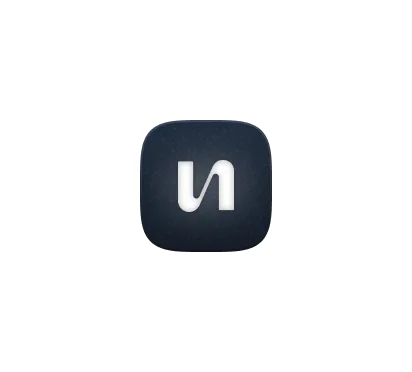Pricing and Plans
Choose the Codatum plan that is right for your team
- Up to 200 notebooks
- Up to 50 viewers
- Up to 50 guests
- Private notebook
- Report
- Up to 600 notebooks
- Up to 150 viewers
- Up to 150 guests
- Group
- Teamspace
- Protected Connection
- Custom notebooks
- Custom editors
- Custom viewers
- Custom guests
- Audit log
- Priority support
- Invoicing
Compare plans
Users who can create, edit, and delete various resources.
Note: Resources: Notebooks, Reports, Connections, Queries, and Catalogs.
Users who have the permission to view various resources.
Users granted access solely to view Reports.
A collection of users organized together to control resource access, including viewing and editing permissions.
A record tracking user activities and changes within the system for security and compliance purposes.
You can restrict access to the admin panel to specific IP addresses only.
Note: Public links are not subject to access restrictions.
You can choose Authenticator app (Google Authenticator, Microsoft Authenticator) or SMS.
Support Documents:
https://docs.codatum.com
Users can receive asynchronous support directly from the administration panel.
A personal expert assigned to ensure your organization achieves its desired outcomes with the platform.
A core feature of Codatum, allowing intuitive and swift analysis through keyboard interface manipulation of SQL Blocks and Chart Blocks.
Notebooks shared across the workspace.
Notebooks visible and editable only by the individual owner.
Notebooks directly shared with specific users or groups.
A designated space for storing Notebooks accessible by certain users or groups.
Notebooks have a version-saving feature. There are two types of versions: one that is manually named and saved, and another that is automatically saved every hour if there are changes.
Note: You can also restore a Notebook from a version and return it to an editable state.
Auto: 20 versions
Auto: 20 versions
Auto: 20 versions
A folder tree for organizing and managing Notebooks.
A page where you can write vertically in a WYSIWYG format.
A page that allows for the beautiful arrangement of Chart Blocks and other elements on a grid.
A feature where you can register authentication information for connections to various data warehouses.
A connection intended for individual use.
A connection that can be shared with specific users or groups.
Note: In Notebooks or Queries, access to execute or view the queries is restricted unless users have the necessary Connection permissions, regardless of whether they have viewing rights for the Notebook or Query. However, for Reports, these restrictions can be controlled independently on a per-Report basis.
Allows registration of Tables and Queries and enables annotation of Fields with tags or text. Highlight and manage critical data for easier discovery and utilization, enhancing shareability and accessibility.
The maximum number of tables that can be included in the catalog, differing from those actually queryable via SQL.
Frequency at which table metadata is retrieved and updated in the background.
Note: You can also request a manual sync, which will be executed immediately.
Create, save, manage, and preview complex SQL and reuse it in other resources such as Notebooks.
Enables field-level cross-search across Notebooks, Queries, and datasets.
Share Notebook contents with individuals who do not have viewing or editing permissions to gather feedback. Embed data specific to the time of sharing to receive comments on that particular snapshot.
Note: Viewing Reports is free for Guest users, enabling you to expand your audience of view-only users at no extra cost.
With the Public Link, anyone who knows the link can access it with view-only permissions. You can embed the data available at the time of sharing.
With signed embeds, you can easily integrate Codatum Notebooks into your application, using your existing authentication system.
In Notebooks and Reports, you can create blocks that manipulate data using Parameters.
Note: In Notebooks, Parameters are synchronized in real-time among multiple users. In Reports (and the Version feature of Notebooks), Parameters are treated individually for each person.
Docs and Grids support real-time co-editing by multiple users.
In Notebooks and Reports, comments can be made on any block.
FAQ
- Generally, it can be used indefinitely, but accounts not in use may be deleted after notification.
- Please use your data warehouse and only register your authentication information to codatum.
- Not currently, but we are considering adding Python support in the future.
- No, not at this time. We plan to establish one in the future.
- Not yet. We are considering obtaining them in the future.

Start using
Codatum for free
Unlock the potential of your data
with Codatum